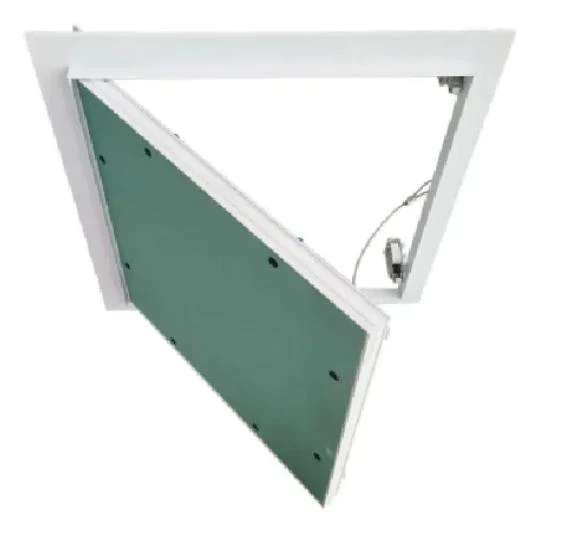Dec . 04, 2024 00:42 Back to list
Installation Guide for Suspended Ceilings with Cross Tee Framework Techniques
Understanding Cross Tees Suspended Ceiling Systems
In modern architectural design and construction, suspended ceilings are a popular choice for both aesthetic and practical purposes. Among the various types of suspended ceiling systems, cross tees suspended ceilings stand out due to their unique structural configuration and flexibility. This article explores the benefits, installation techniques, and applications of cross tees suspended ceilings.
What are Cross Tees Suspended Ceilings?
Cross tees suspended ceilings consist of a framework made up of main runners and cross tees that create a grid-like structure. The main runners run parallel to each other, while the cross tees, which are shorter in length, intersect them at right angles. This configuration supports ceiling tiles or panels, allowing them to be easily installed, removed, or replaced. Cross tees typically come in various sizes and materials, including metal and acoustic panels, which can accommodate different design needs and acoustic requirements.
Benefits of Cross Tees Suspended Ceilings
1. Versatility Cross tees suspended ceilings are highly versatile and can be adapted for a wide range of interior environments, from commercial offices to educational institutions and healthcare facilities. They can support a variety of ceiling tiles and panels that offer different aesthetic finishes and functionalities.
2. Easy Access One of the primary advantages of a suspended ceiling system is accessibility to utilities concealed above the ceiling. The modular nature of cross tees allows for quick and easy access to plumbing, electrical, and HVAC systems without extensive renovation.
3. Acoustic Control Many cross tee suspended ceilings utilize acoustic tiles that can significantly reduce noise levels in large indoor spaces. These ceilings help to absorb sound, creating a quieter and more comfortable environment for occupants.
4. Aesthetic Appeal Cross tees create a visually appealing grid pattern that can enhance the overall aesthetics of an interior space. The ceilings can be designed in various styles, incorporating different textures and colors to match the surrounding decor.
5. Cost-Effectiveness Compared to traditional ceiling systems, cross tee suspended ceilings can be more cost-effective due to their ease of installation and maintenance. The modular components can be replaced individually, reducing replacement costs over time.
cross tees suspended ceiling

Installation Techniques
The installation of cross tee suspended ceilings involves several steps
1. Planning and Measurement Careful planning is essential before installation. This includes measuring the area, determining the ceiling height, and selecting the appropriate materials.
2. Framework Setup The installation begins with securing main runners to the ceiling, typically using screws or hanging wires. The cross tees are then inserted into the main runners to form the grid pattern.
3. Tile Installation Following the completion of the framework, the desired tiles or panels are placed within the grid, ensuring a snug fit. Each tile should be level with the others to achieve a smooth finish.
4. Finishing Touches Once all tiles are installed, any edges or moldings can be added to create a polished look. Lighting fixtures and other elements are integrated at this stage.
Applications
Cross tees suspended ceilings are extensively used in various settings. In office environments, they provide a professional appearance while allowing for easy installation of lighting and HVAC systems. In education settings, they absorb sound and enhance acoustic performance, making classrooms more conducive to learning. Similarly, in healthcare facilities, suspended ceilings are crucial for meeting strict hygiene and safety standards.
In conclusion, cross tees suspended ceilings offer an ideal combination of versatility, functionality, and aesthetic appeal. Their ease of installation and maintenance make them a sound investment for any building project, contributing to improved interior spaces across diverse applications. As architectural trends continue to evolve, cross tee systems will undoubtedly remain a staple in modern design.
-
Durable Ceiling T Grid Systems | Easy InstallationNewsAug.29,2025
-
PVC Gypsum Ceiling: Durable, Laminated Tiles for Modern SpacesNewsAug.28,2025
-
Pvc Gypsum Ceiling Is DurableNewsAug.21,2025
-
Mineral Fiber Board Is DurableNewsAug.21,2025
-
Ceiling Tile Clip Reusable DesignNewsAug.21,2025
-
Ceiling T Grid Modular DesignNewsAug.21,2025







